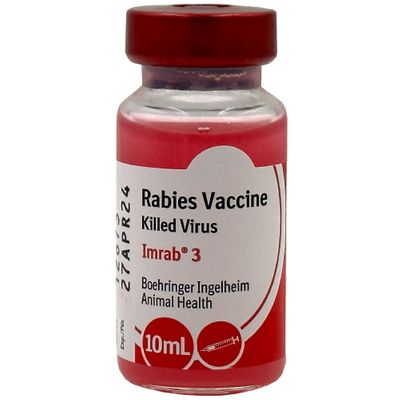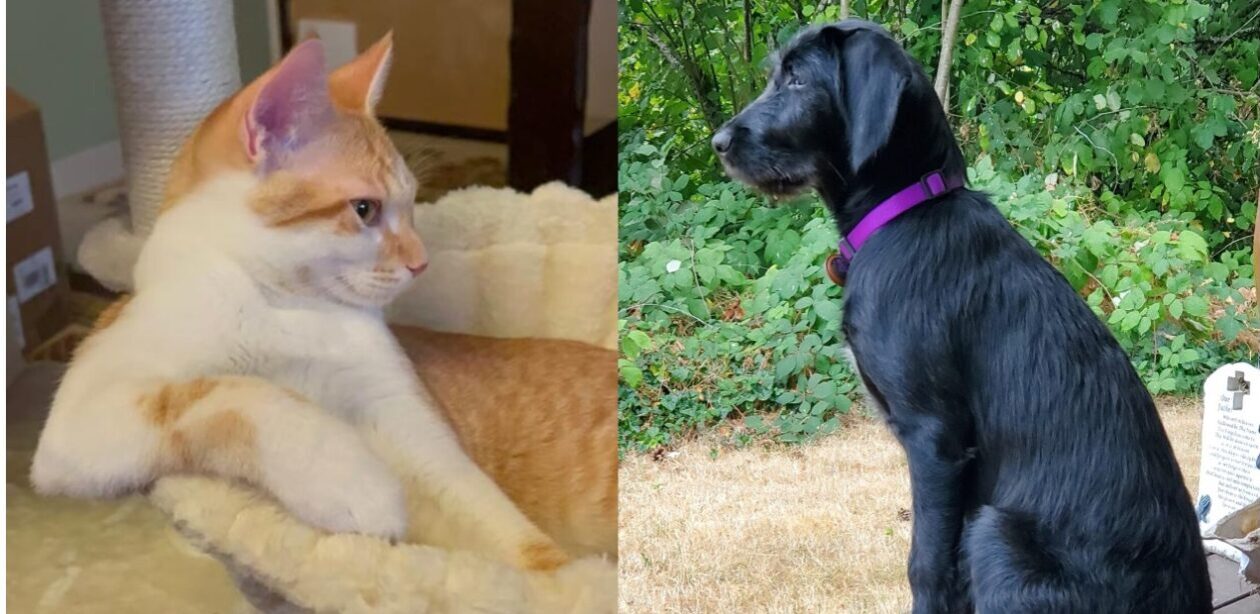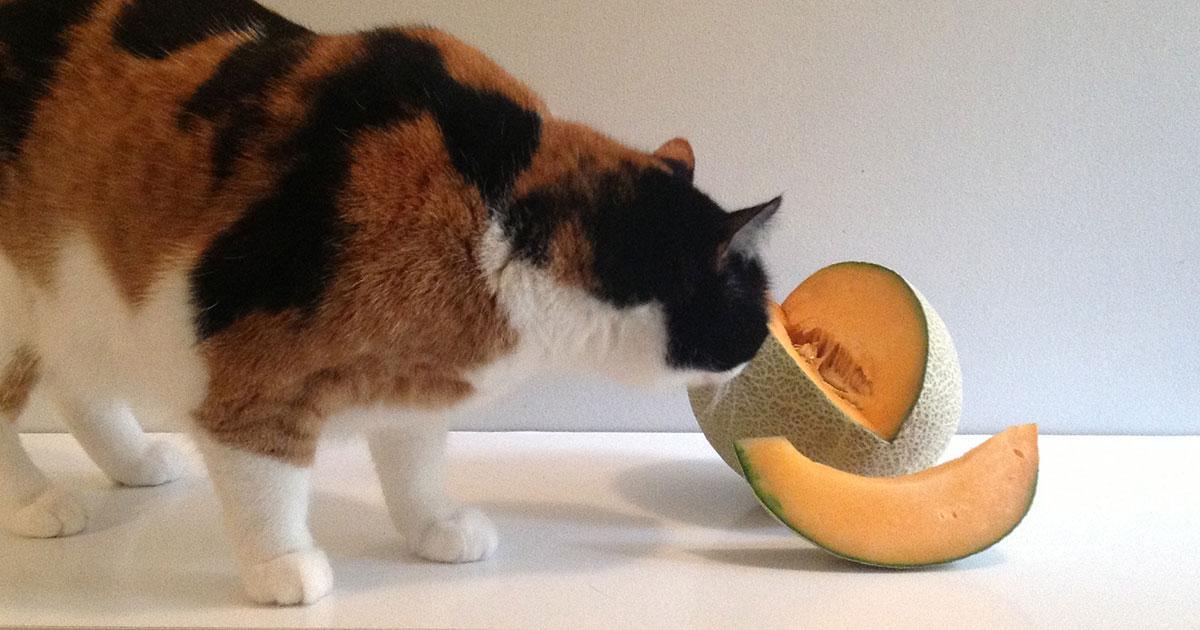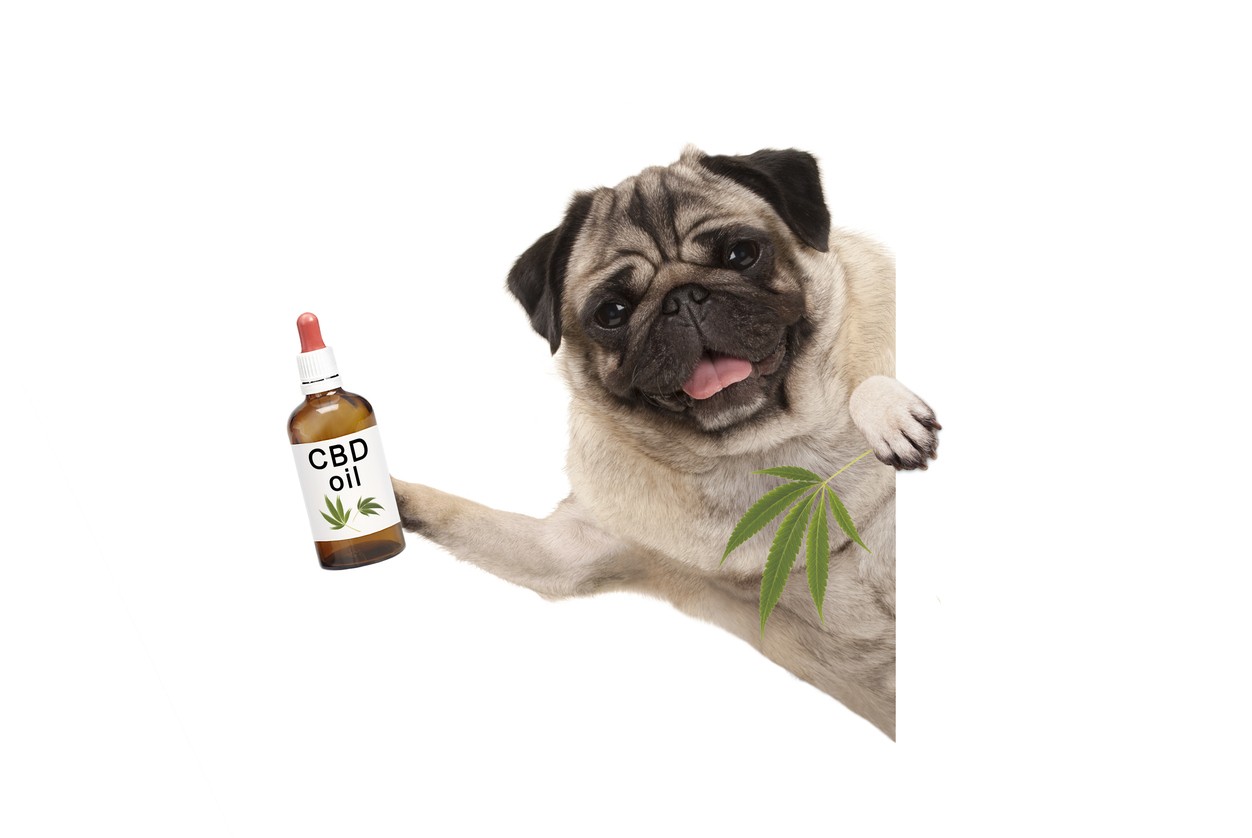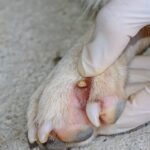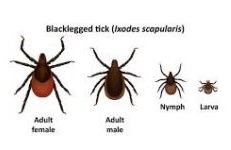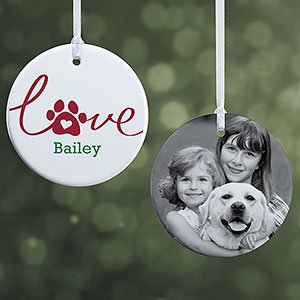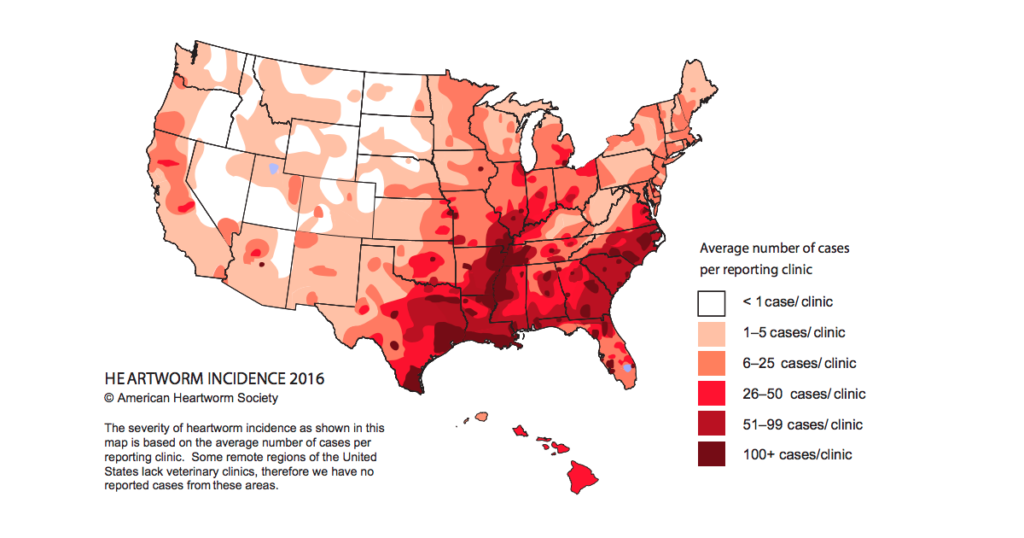Rabies is a fatal but preventable viral disease. It can spread to people and pets if they are bitten or scratched by a rabid animal. In the United States, rabies is mostly found in wild animals like bats, raccoons, skunks, and foxes. In the local metro area we have all of the above (foxes less common). If you see any of these animals during the day then you should be suspicious. In my home we recently had 2 bats in our high vault living room. The cat was the one who observed them and he tried to jump up and catch one. Horrors! . After locking the cat and dog in a back bedroom we opened all the doors and waited for them to find an exit. They flew fast and right past our legs and heads. We were scared! This was at night and we were uncertain how to get them to leave. 40 minutes later they were gone. Several years back in Damascus there was a case of cat Rabies acquired from a catching a bat during the day. Scary scenario.
Prevention is easy. Vaccinate you dog or cats. The vaccine is required by 6 months of age in Oregon. The first vaccine is good for 1 year, the next year when given it has a 3 year duration and repeated every 3 years afterwards. Other states have different protocols.
If your dog or cat bites and is not current with the vaccine the person who was bitten can rightfully have the pet reported, quarantined and possibly tested. Testing is done by euthanizing the biter and immediately sending the brain to the State Lab. That’s right- euthanize your pet! Keep your pet current on the vaccine schedule.
In 2004, a 15-year-old girl became the first known unvaccinated rabies survivor . Currently worldwide the statistic is 29 people. Treatment in people is complicated. Once a rabies infection is established, there’s no effective treatment. Though a small number of people have survived rabies, the disease usually causes death. For that reason, if you think you’ve been exposed to rabies, you must get a series of shots to prevent the infection from taking hold.
If you see a bats, raccoons, skunks, and foxes especially during the day-stay away and keep your pets away! Danger may be present.
